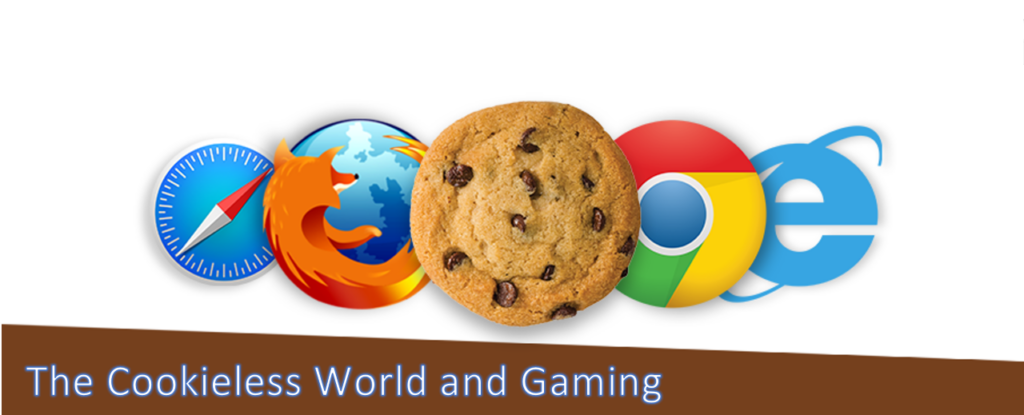Just yesterday as I was writing this, my son interrupted me with a question about “college admission’ …. Right before I got back to writing, I opened Youtube to find a ‘video ad’ about college admission requirements! …
Yes, I too said ‘Ad targeting is getting ridiculously personal’! Thank you, Cookies!
Yes, ad targeting heavily relies on cookies that are placed inside browsers. So, what does a world without Ad targeting cookies look like?
To answer that question, first let’s understand what marketers do with cookies.
With cookies, marketers and advertisers can target users across platforms and ultimately drive site traffic that ultimately drives sales.
Cookies have various types. Targeting and advertising cookies are those that specifically target ads to users. They are designed to gather information from the consumer and display advertisements according to their relevant interests. Information collected from these cookies is also shared with other advertisers to evaluate ad performances, target better, drive traffic and ultimately increase sales.
These cookies also create consumer profiles from webpage visitors. Through the gathered data, they perform analytical analysis on how different advertisements perform on the different sites that the user visits.
Advertising cookies are primarily third-party persistent cookies. Persistent cookies track and follow consumers as they visit various websites. As consumers have noticed, once they look up something on the internet, they immediately start getting ads relevant to their searches on different other social media apps. This is the work of the advertising cookies at play.
What does a Cookieless world mean for advertisers?
Browser cookies are going away. That means, advertisers won’t be able to track, target or deliver personalized Ads that are relevant or boarder line ‘intrusive’ Ads. It is extremely difficult to serve Ads without enough targeting points. …. It does feel like throwing at a target except blindfolded.
Advertisers are coming up with various strategies to curb the cookiless world issue
The first step is to start obtaining first-party data directly from the users with consent. To do so, brands can create a “value-based” exchange with the user. Value-based exchanges can provide exclusive personalization or discounts in exchange for user data to understand user analytics.
Focusing on the collection of first-party data thus becomes essential. When marketers can gain it through expressed consent of the user it becomes much easier. Asking for a consumer’s data during checkout could include information such as their name, email address, and where they heard about the company from. Through this strategy, advertisers can gain access to valuable first-party data.
The benefit of asking a consumer directly removes the issue of privacy concerns. Nowadays obtaining first-party data through social media has become very straightforward, whether it is through Instagram polls or on-site online surveys. Marketers can gather details on customer likes and dislikes and tailor them according to their preferences.
What does a “Cookieless” world mean for game developers?
Although losses are expected during a post-cookie era. Brands and advertisers can start looking into alternate forms of data collection. By proceeding with trial runs, the expected revenue drops may be reduced significantly.
Revenue certainly will be in the decline till the Ad-World adjusts to non-cookie-based targeting. I suspect game developers may suffer less that other sites because its relatively easy to synchronize / match cookie for registered game users. Once a user is matched, enhanced targeting inside the game is easy. In addition, with Reward Video Ads that are actually served at will, game developers can certainly weather steep revenue declines.
So, while revenue may drop right after a complete adoption of Cookieless Ad service, revenue should quickly get back and will likely exceed 2021 earning.
